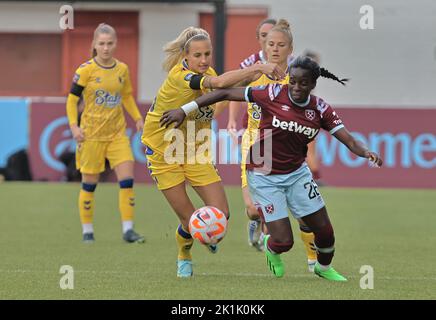


The color values started at $180 for color 0, $182 for color 1.

R means Red, G means green, B means Blue.īefore AGA, it was possible to set up a screen of 5 bitplanes, meaning 32 colors (i have read about a sixth bitplane allowing 64 colors, was that ecs?).

Let's assume that we are talking about a standard 320*256 low-resolution screen (no Ham, no specialities.). I discovered everything below from reading in the AGA chipset guide and by experimenting with Piccon. I will write what i have learned here so that other people can 1) correct me 2) give some additional info, hints and tips 3)i don't forget what i have learned 4) other people can learn it faster :). This means getting to know the AGA color system. The AGA chipset was the first real improvement over the original chipset.įurther screen modes where added, the color palette was extended to 24bit and resolutions with up to 256 colors.Īll resolutions could now be used with all color modes.Today, i tried to upgrade from a simple 16 color setup to a 256 color setup by trying to display a picture of 256 colors on screen. The reason for this was possibly the attempt to squeeze addition features out of the original chip set design without changing to much on the chip.ĪGA (Advanced Graphics Architecture - released 1992) Technical limitations also limited the usefulness of many of these new modes as most had either very extreme pixel aspect ratios or were limited to very few colors. New screen modes were added to support higher resolutions offered by multisync monitors but at the same time sacrificing color depth. The enhanced chip set was released with several small improvements over the original chip set. This also meant that the screen modes varied depending on what type of Amiga you had and where you had it. The hardware that was used in the first generation of Amigas still very close to the original concept of the Amiga being used as a video games console.įor that reason the screen modes were tied very closely to the television standards NTSC and PAL that were in use at that time. In reality PAL pixels are a tiny bit wider than they are tall (16:15) and NTSC pixels are a bit taller than they are wide (8:9). The ratios in the lists are pixel aspect ratios and the are rounded to the nearest neighbour. The Amiga was capable of displaying various screen resolutions.Īll monitors and TV's of that time had a picture aspect ratio of 4:3 but the pixel aspect ratio varied greately.


 0 kommentar(er)
0 kommentar(er)
